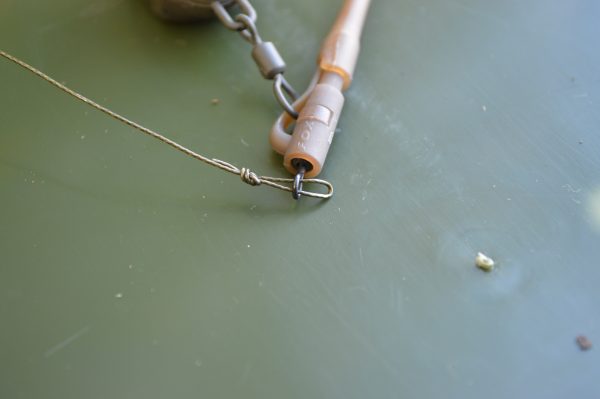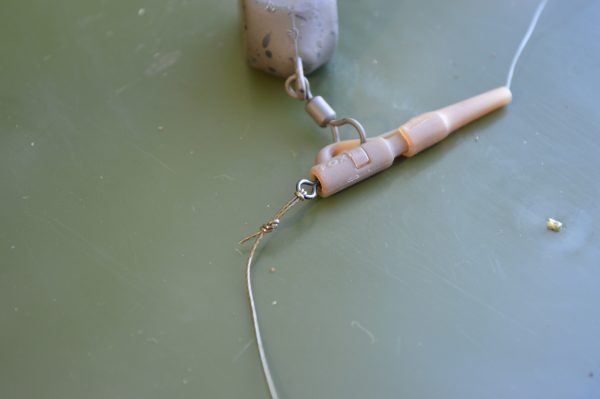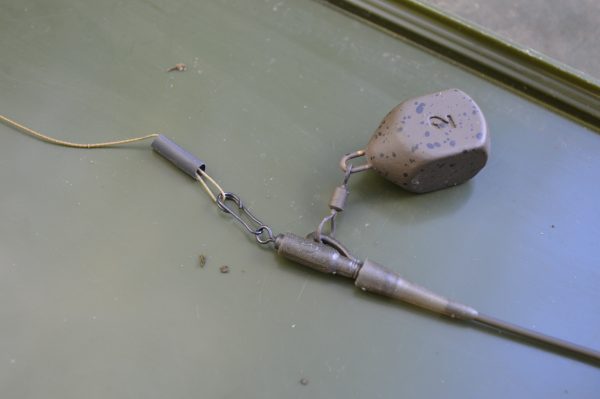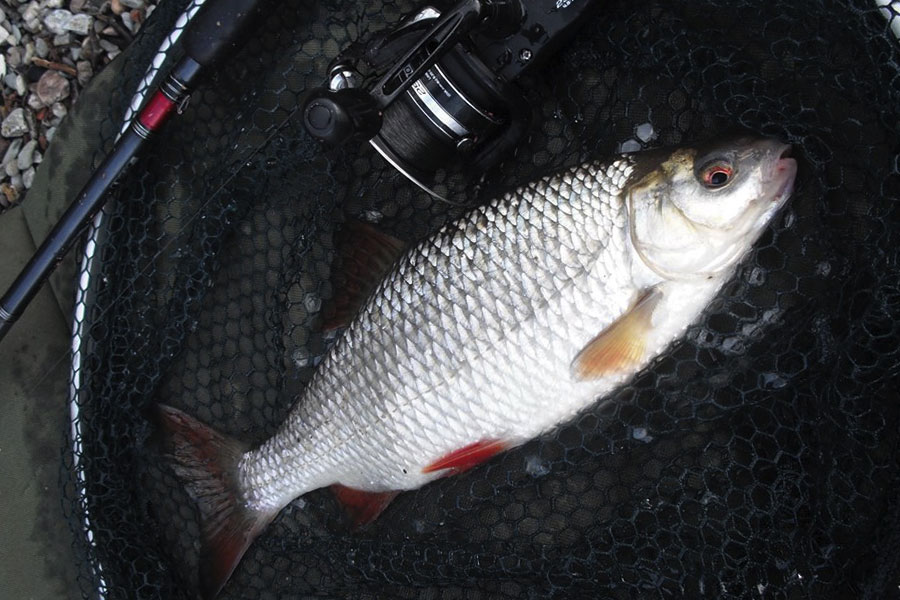It’s the most common lead set-up used by carp anglers. So why’s it so good and how do you fish it properly?
When used correctly, lead clips are one of the safest and easiest systems to use. They can be used in a variety of scenarios but are especially effective in situations where you need to dispose of the lead. When fishing in thick weed or close to snags, dropping the lead will reduce the chances of a fish snagging you up. You are therefore more likely to land any fish you hook.
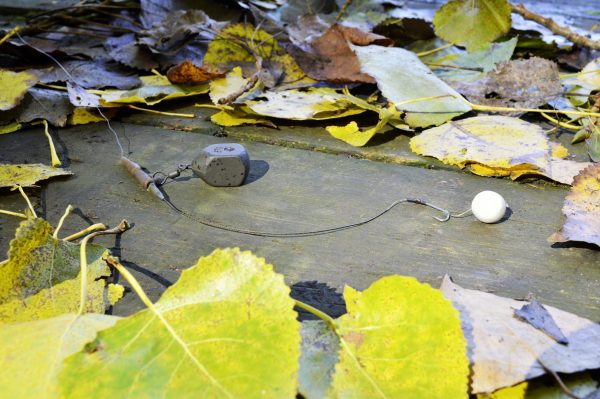
A lead clip consists of two sections. The bottom part which features the arm that the lead is threaded on to, and a tail rubber which is pushed gently down onto the arm to hold the lead in place. How far the tail rubber is pushed on will determine how easily the lead can be ejected. Some feature an inner ridge to fix the swivel tied to the end of the mainline and others use a small push-in peg to fix the swivel. This ensures that the lead clip stays lodged on to the swivel during the cast and while playing fish, and that the lead can be ejected if it becomes snagged.
A GREAT ALL-ROUNDER
Not only do they cast well, but lead clips are also extremely tangle-proof. If you are using tubing or a leader, make sure your hooklink is shorter than them to prevent it wrapping around the mainline. If the lead plugs into a soft lakebed, the hooklink can still settle above any shallow silt or weed because the hooklink is attached directly to the lead. It is also an efficient self-hooking rig. When a carp picks up the hookbait and straightens the hooklink, the hook is pulled into its mouth and the sudden resistance will make the fish bolt and set the hook home.
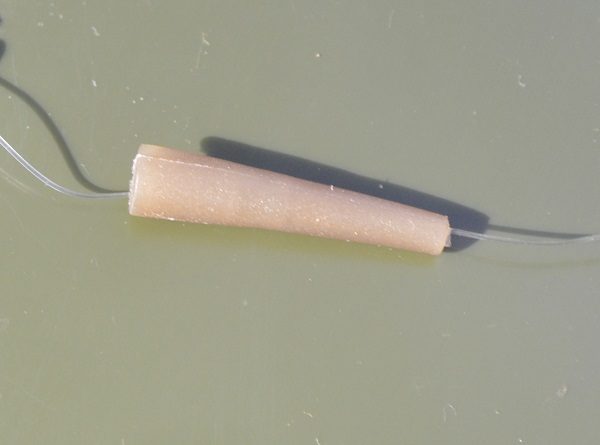

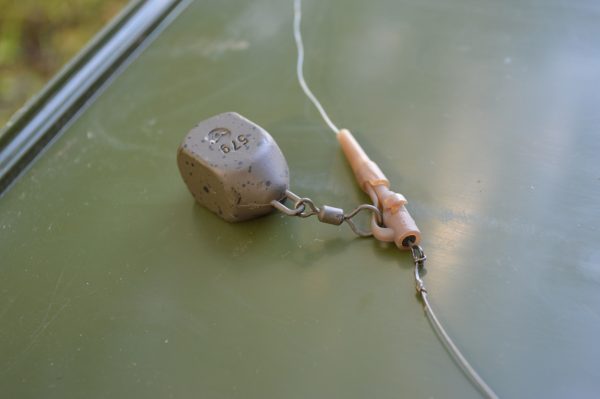
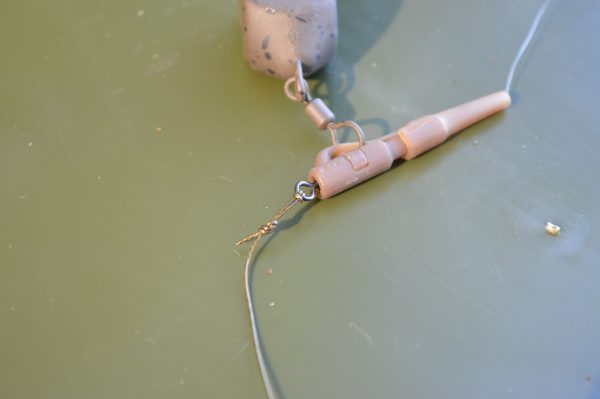

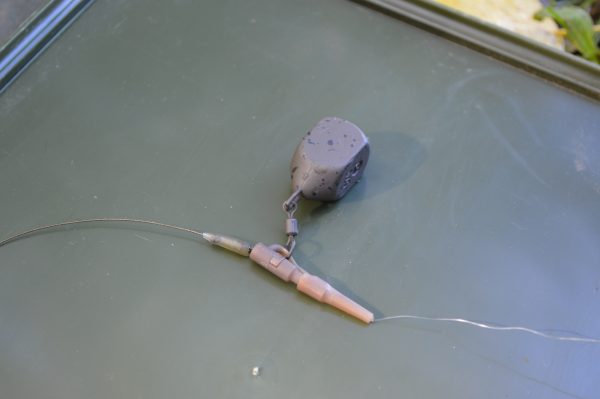
TOP TIP
In really weedy swims, remove the tail rubber and use PVA tape to trap the lead on the cast. Once in the water, the tape will melt and there is no chance of the lead failing to eject on the take.
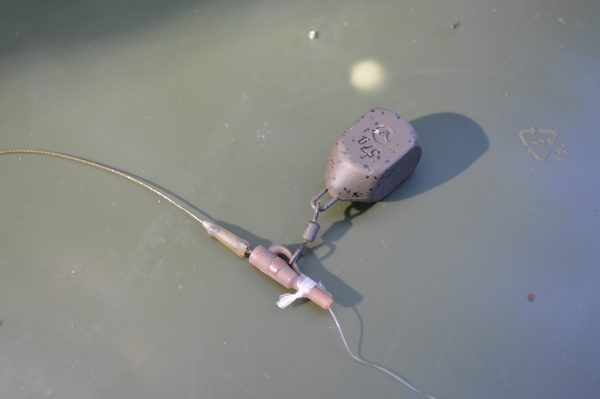
2 WAYS TO ATTACH YOUR HOOK LINK TO YOUR LEAD
1. Tie a figure of eight loop in the opposite end of your hooklink to the hook. Thread this loop through the eye of the swivel in the base of the lead clip and then pass the hook through the loop. Finally, pull the hooklink tight to tighten the knot down.
- 1
- 2
- 3
- 4
2. A quick change swivel or clip enables you to attach a fresh hooklink in seconds. These are great if you’re expecting multiple bites or are threading your hooklink through a mesh PVA bag or stick prior to casting.
- 1
- 2
TOP TIP
Anti-Tangle Sleeves
The addition of an anti-tangle sleeve to your hooklink helps to push it away from the lead and reduce the chance of tangles both during the cast and as it lands on the lakebed.

If you require any more tips or information on carp fishing, please contact the Angling Active team. We are more than happy to help.



